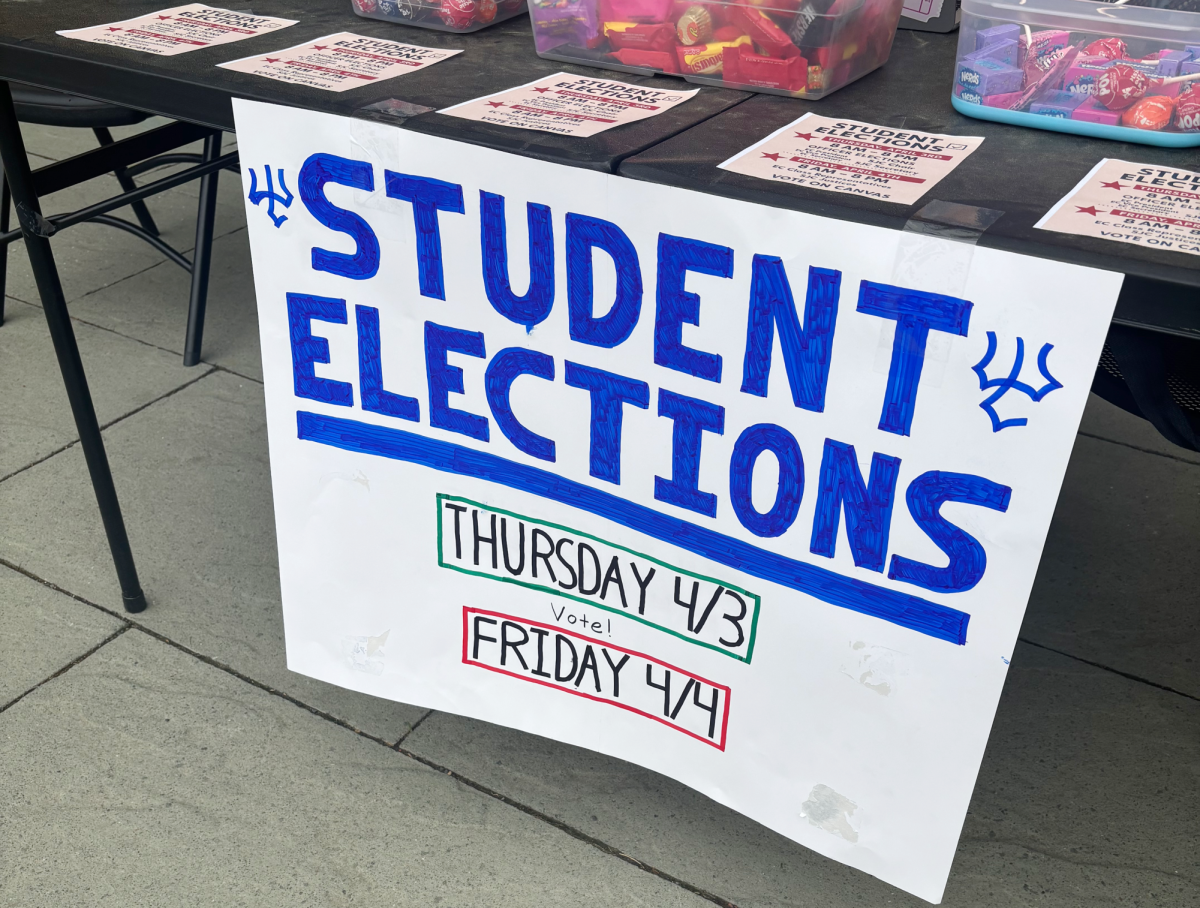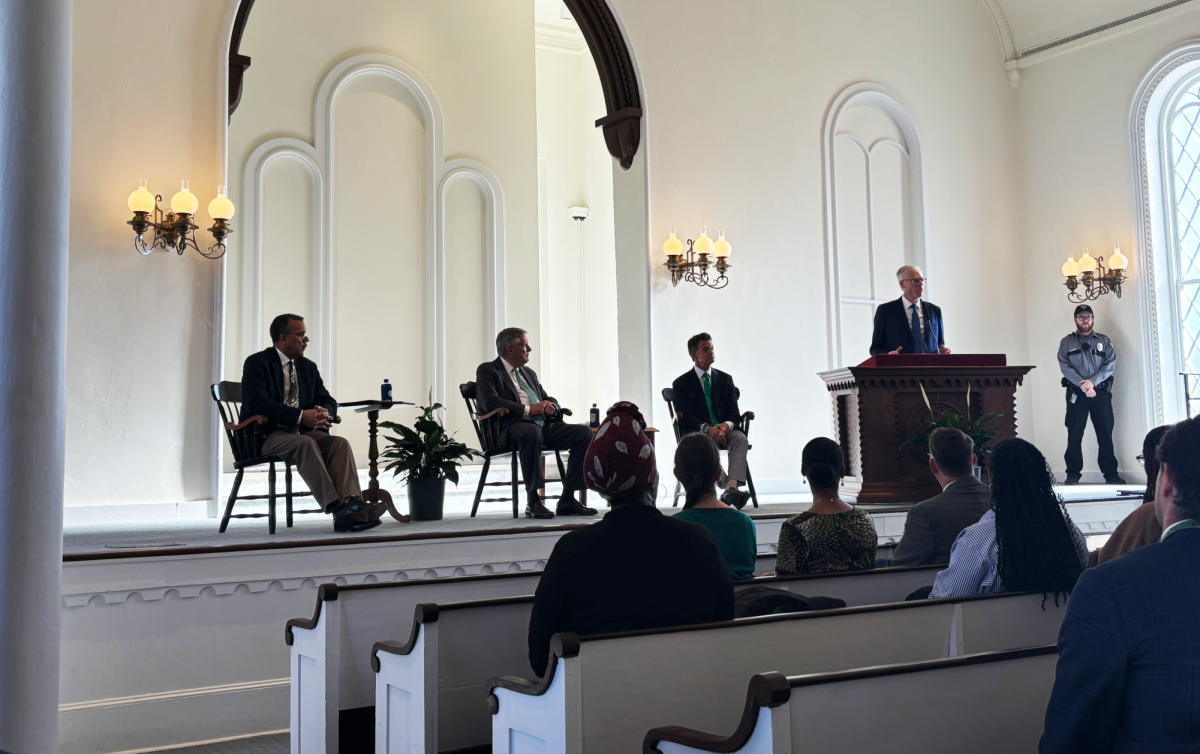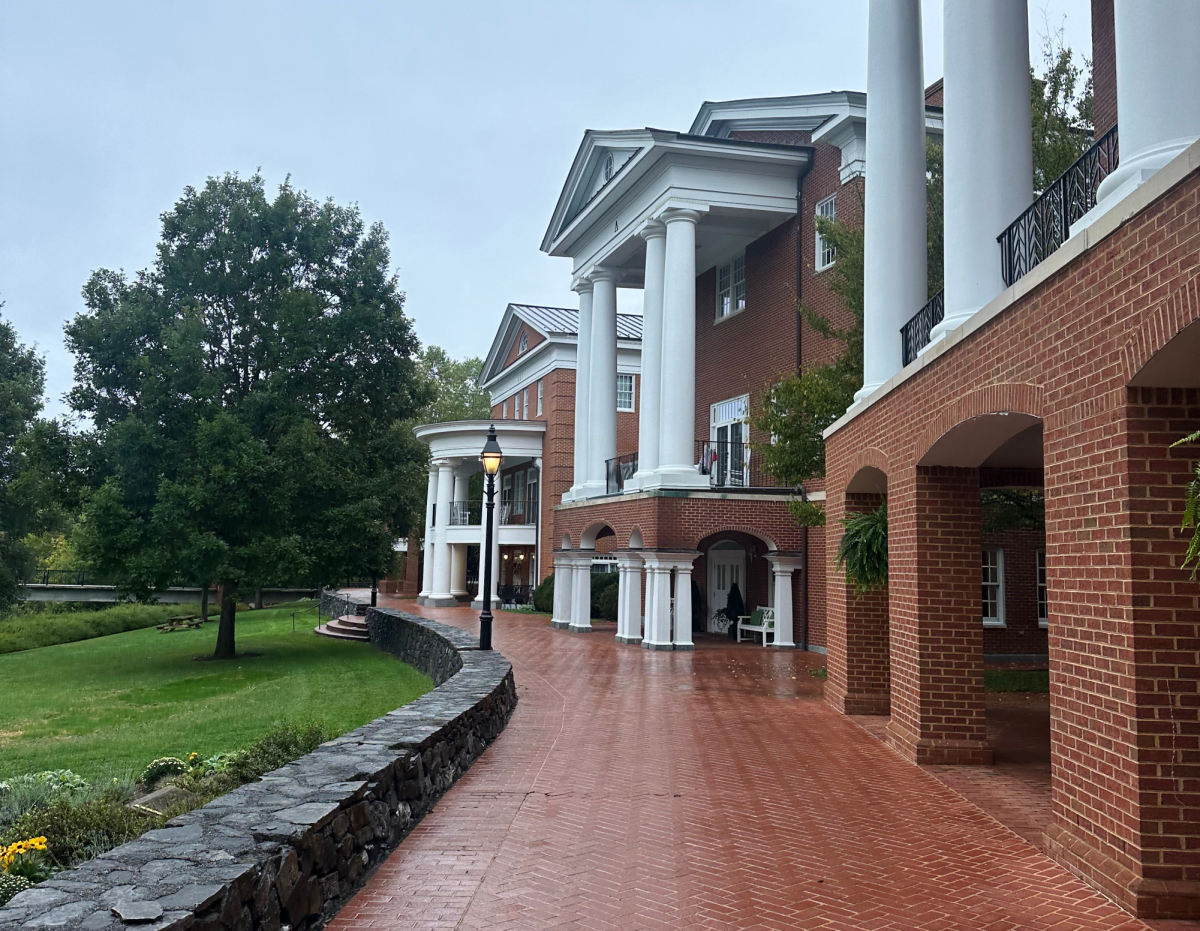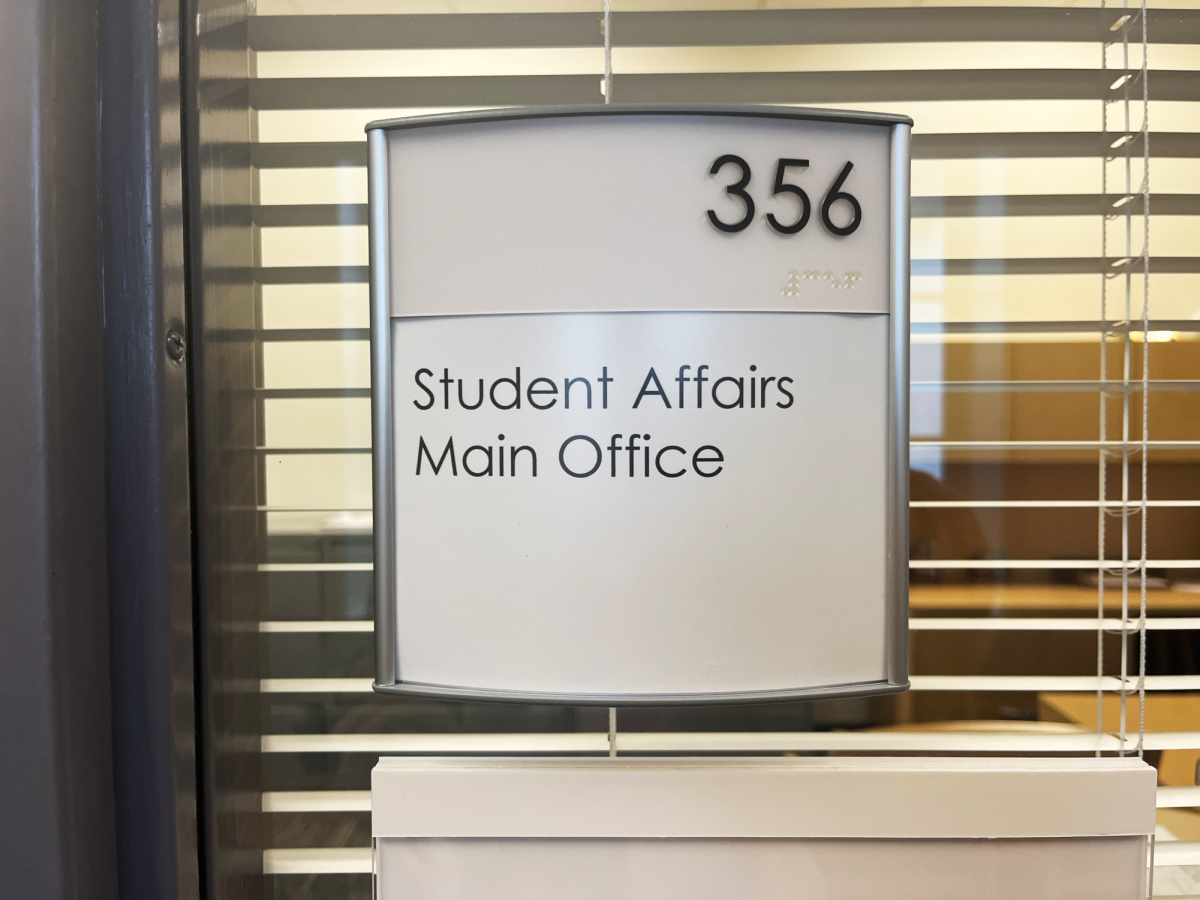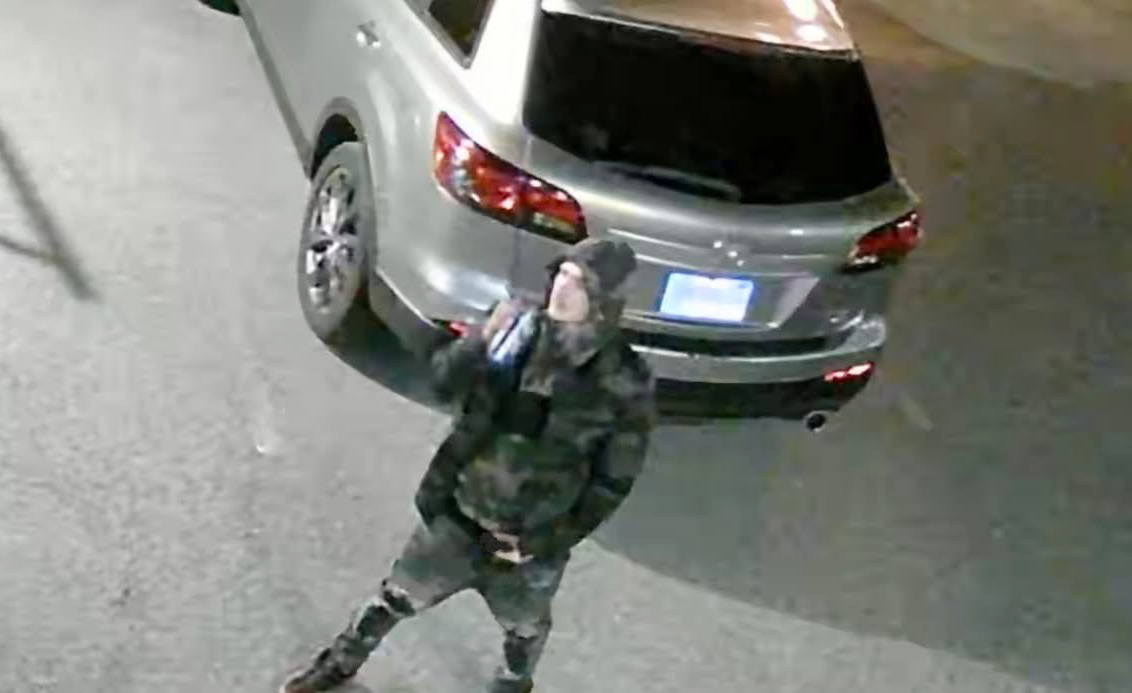Editor’s note: This story was updated to clarify available resources for BIPOC students and to clarify a factual attribution.
Students who visited Washington and Lee’s counseling center once per week are now often seeing a provider once every three weeks or once a month.
Since this time last year, the counseling center has three fewer mental health providers, director Charles Anderson said. That count includes two counselors who left last summer, as well as the previous director, who left in May 2023.
Staffing worsened this semester when one counselor went on leave and another moved to part-time work for personal reasons, Anderson said. The previous psychiatrist, Johna Jenkins, also departed in early March, though her position has already been filled, Anderson said.
“When we are at full staff, we have a director, 6 counselors, a psychiatric provider, and an intern,” he wrote to the Phi. “At present, we have a director, 3 counselors, an intern, and a psychiatric provider.”
The staffing shortages mean some students are seeing a provider less often than they would like. Four students interviewed by the Phi, as well as three reporters on staff, said the minimum wait time between appointments is two weeks, whereas last year they often received weekly care.
P.T. Meadors, ’24, said he’s seeing a counselor once a month, compared to weekly visits last year. That can’t be good for students or counselors, he said.
“Mental health problems are pervasive across campus and are not being fully addressed by existing services, and there has to be a high degree of burnout in the counseling center,” he said.
Cat Hudson, ’24, who also acts as the head LGBTQ+ peer counselor, said they’ve heard from their residents that it takes longer to initially see a provider. Peer counselors, who serve first-year residence halls, are meant to act as a “supportive friend,” Hudson said, but the cohort of full-time students can’t replace professional support.
Hudson also reported that they personally are waiting three weeks between counseling sessions.
“If you get started part-way through the semester, that’s three times,” Hudson said. “Which is not much considering so much could happen to you in that time.”
Part of Hudson’s role as a peer counselor is helping students access professional care. They said residents have reported feeling like a burden for scheduling appointments in a counseling center with limited resources.
“I’ve felt bad at times myself for scheduling appointments and getting counseling,” Hudson said. “You think in your head, ‘What if someone else is not doing as well as I am?’ That’s a vicious cycle for someone who’s probably already struggling with anxiety and depression and irrational thinking.”
Anderson said longer wait times help counselors manage increased caseloads amid the staffing shortage. The center is attempting to make up for its staffing shortage by seeing more students per day and contracting with two telehealth providers, whose information can be found on the center’s website. The center also holds emergency hours between 3-4:30 p.m. each day, Anderson said.
Establishing therapeutic trust
Some features of Washington and Lee’s counseling program are unique compared to peer institutions, Anderson said. The university does not have a strict limit on the number of sessions students can have in a year. And students are not placed on a waitlist to access care.
A 2017 survey of over 600 university counseling center administrators revealed that 45% had session limits in and 40% had a client waitlist.
Free appointments at the counseling center give students a rare opportunity to access care that would otherwise cost them, on average, between $100 and $200 per session, according to a 2019 report by SimplePractice, a practice management system for mental health professionals.
But the trouble of relying on free care at Washington and Lee is that when a trusted provider leaves the university, students can’t continue a therapeutic relationship unless they choose to pay for private sessions.
Kate Barnes, ’24, who saw Rallie Snowden until this semester, said she isn’t bothered by bi-weekly visits. Snowden is on family medical leave, according to her automated email response. Barnes said establishing a new relationship with a different counseling center provider has made sessions less fruitful.
Another senior, who requested to remain anonymous to protect their privacy surrounding mental health, said after Snowden left, she sought care from another female provider. But when she was told the wait time for an appointment would be six weeks, the student instead accepted an appointment with a male provider. As a result, the student said she’s on the fence about continuing mental health care at the university at all.
Julie Ham, ’25, connected with a counseling center intern during her sophomore year. When that intern left last February, Ham didn’t feel motivated to try again with another counseling center provider.
The next time Ham found herself in the counseling center was almost a year later, when she wanted help dropping a class for mental health reasons. After her third session, near the end of last semester, the university hospitalized her against her will for suicidal ideation.
“It was really scary being in her office and being told, ‘No, you can’t leave,” Ham said. “I just don’t trust them… Pub Safe pulls up and I’m like, ‘Can my friends at least be the ones who take me to the hospital?’”
Ham is now taking a leave of absence and receiving therapy outside the university.
Diverse sources of support
For students of color, the shortage of providers is particularly acute. Jade Westbrook, the center’s lone Black counselor, left before the school year started, said Christian Basnight, ’24, a former client.
Basnight said he decided to follow Westbrook, and he now pays $110 per session from her private practice. The cost means he hasn’t seen Westbrook in months. But the fees are worth it, he said.
“The bulk of my issues were pertaining to race,” Basnight said. “Jade is one of the main reasons why I sought counseling, so I just wouldn’t feel comfortable [seeing a non-Black counselor].”
Students of color can still receive group therapy from the BIPOC Support Group, which is led bi-weekly by Tamara Watkins, a telehealth provider who contracts through the university. Another telehealth provider of color is also available for appointments, Anderson told the Phi. Organizations like the Student Association for Black Unity also occasionally focus on mental health, Basnight said.
But Basnight and Hudson said students of color and LGBTQ+ students still need more direct support from the counseling center. Snowden, who is on medical leave, is the one openly queer counselor Hudson said they know of.
“If all that’s available to [students] is white, straight counselors, that’s not going to help much,” Hudson said.




